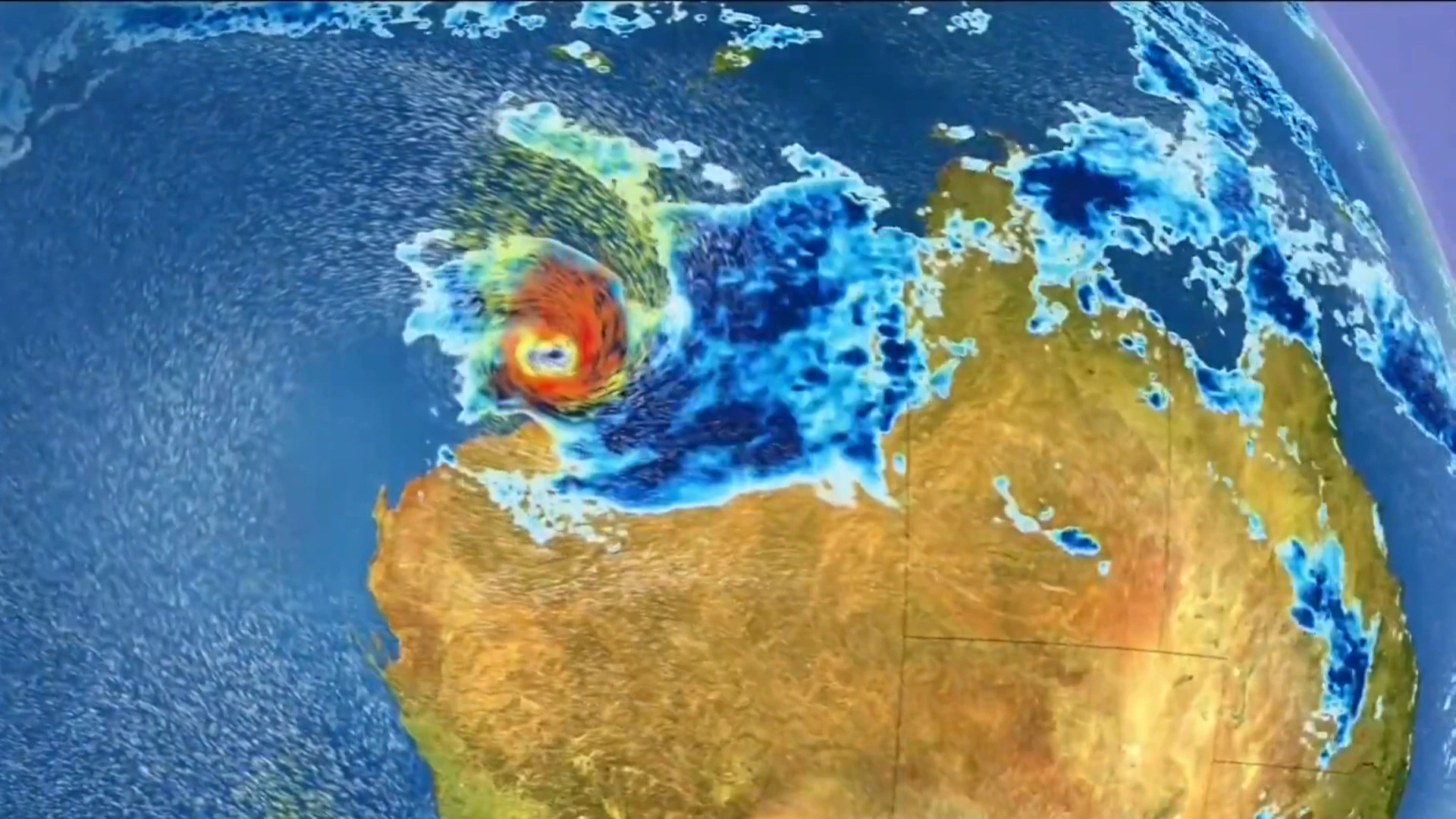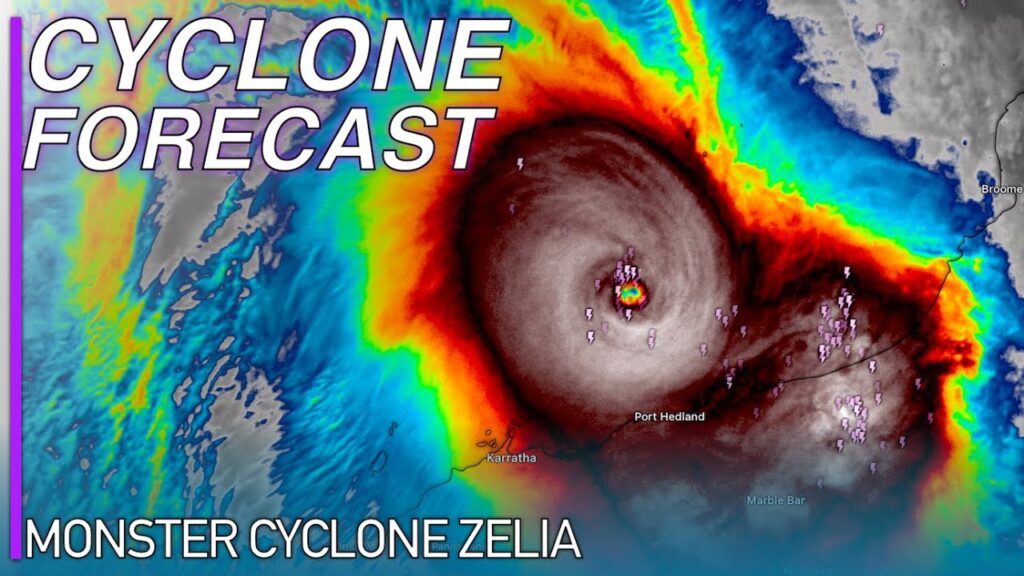Tropical Cyclone Zelia, one of Australia’s most powerful storms, has made landfall in Western Australia, hours earlier than expected.
The category 5 system, which is packing winds of up to 290km/h, crossed the coast to the east of Port Hedland at around midday on Friday.
What to Expect
The storm is expected to bring up to 300mm of rain over the next 24 hours, leading to flash flooding and destructive winds.
According to Matthew Collopy from the Bureau of Meteorology, “This is a very dangerous system that will cause significant impact and are causing impacts as we speak.”

WA emergency services commissioner Darren Klemm said that while there was some relief that the cyclone had crossed where it did, with Port Hedland avoiding the worst of Zelia’s impact, the focus now shifts to dealing with the aftermath of the storm.
“We are ready to deal with the impact of the destructive weather from the system,” he said.
Evacuation Centers Open, Schools Closed
With the cyclone making landfall, evacuation centers have been opened in Port Hedland and Karratha, and around a dozen schools have been closed in the state’s north.
Numerous road and highway closures are also in place, and residents are being urged to follow all directions from authorities.
Climate Change a Factor
Climate Council’s David Karoly said that changes in the climate meant cyclones “get ugly more quickly”.
“A warming planet means there are actually fewer cyclones forming but when they hit they’re more intense,” he said.
In the case of Cyclone Zelia, once the system makes contact with the coastline, wind gusts of 300km/h are expected at the crossing point.
Communities Coming Together
Major banks have come out in support of local residents and businesses affected by the emergency, with the Commonwealth Bank offering a range of measures tailored to the needs of their customers.
WA Premier Roger Cook said that the cyclone was “going to be a big one” and urged people in the Pilbara region to be prepared.
Stay Safe, Stay Informed
As the storm continues to make its way through the region, it’s essential to stay safe and informed.
Stay tuned for updates, and follow the instructions of local authorities. Remember, your safety is the top priority.

